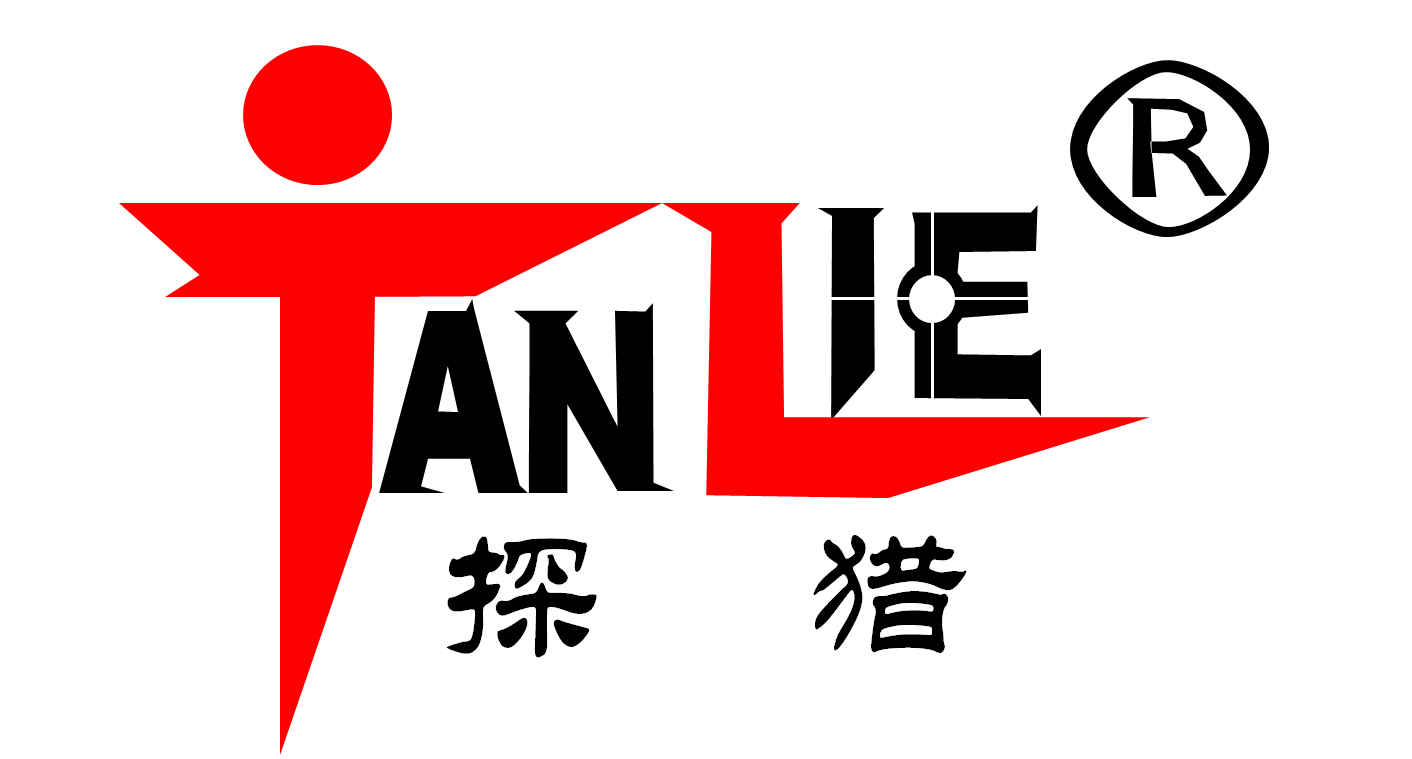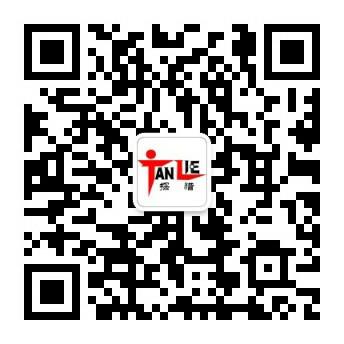“Now,did the questions help you understand the text better?”
请谈谈重结果的写作教学模式和重过程的写作教学模式的不同,并分别说明这两种教学模式的不足之处。
请谈谈重结果的写作教学模式和重过程的写作教学模式的不同,并分别说明这两种教学模式的不足之处。
教学反思是教学中不可或缺的环节。请简述教学中教学反思的主要内容,并列举教师进行教学反思的三种途径。
教学反思是教学中不可或缺的环节。请简述教学中教学反思的主要内容,并列举教师进行教学反思的三种途径。
《义务教育英语课程标准(2011年版)》指出,评价体系应包括形成性评价和终结性评价。请解释终结性评价的定义,简述其目的与原则(写出三个要点),列举并详细说明终结性评价的两种方式。
《义务教育英语课程标准(2011年版)》指出,评价体系应包括形成性评价和终结性评价。请解释终结性评价的定义,简述其目的与原则(写出三个要点),列举并详细说明终结性评价的两种方式。
以下是某课堂的教学实录片段。
Step 1 (12 min)
(The teacher had a volleyball in hand. The teacher askedstudents questions quickly and wrote down the names of students and sportsgoods on the blackboard.)
T: I don't have a basketball. I have a volleyball. S1, do youhave a tennis racket?
S1: Yes, I do.
T: S2, what sports goods do you have?
S2: I have a ping-pong ball.
T: S3, do you have a soccer ball?
S3: No, I don't.
T: I have a TV. What other things do you have? (T drew apicture of TV.)
Ss: Ping-pong bat, computer, chair, book, CD, alarm clock, key,pencil case ...
T: Well done!
...,
(T asked Ss to make sentences according to the information onthe blackboard.)
T: Now, let's look at the blackboard and make sentences. I say"I don't have a basketball" and you say "Our teacher doesn'thave a basketball". I say "I have a volleyball", and you say"Our teacher has a volleyball". S4, make the third sentence ... (Twrote sentences on the blackboard.)
S4: S1 have a tennis racket.
T: Is it correct? No, we should say "S1 has a tennisracket". We don't use "have" after "He, She,Tom, Lucy". We should say "He has ..., She hasTom has ..., Lucy has ..." . (Theteacher wrote the wrong sentence on the blackboard and corrected it.)
T: Next one, S3, please.
S3:S2 has a ping-pong ball.
T: Yes. (T wrote it on the blackboard.) Next one, S5, please.
S5:S3 don't have a soccer ball.
T: No, no, no. Wrong again. What is the correct answer?
Ss: S3 doesn't have a soccer ball.
T: Yes. (T wrote the correct answer on the blackboard.)
Step2
The teacher began to teach the next section: "Do you likebananas? Listen again. Fill in the blanks." ...
Step 3
...
根据所给信息从下列三个方面作答。
请指出该教师在此教学过程中存在的两个问题。
在该教学片段中,该教师采用了哪种纠错方法?
请简述课堂教学中的其他纠错方法(至少两种),并各举一例说明。
下面是某课堂实录的核心环节内容。
核心环节1:感知体验
1.引入话题spons,复习并引入新的表示运动的目标词汇,教授be good at结构。
T: Spring is a good season to do sports, right?
Ss: Yes.
T: Do you like sports?
Ss: Yes.
T: What sport are you good at?
S 1: I am good at basketball.
T: Good. And you?
S2: I am good at table tennis.
T: What sport are you good at?
S3: I am good at skiing.
...
2.引入描述运动的形容词。
T: What sport do you think is dangerous?
S3: Skiing.
T: What sport do you think is boring?
S4: Cycling.
核心环节2:运用
T: Can you work in pairs and compare sports?
S1 : Football is more tiring than swimming.
S2: Running is more popular than gymnastics.
T: Good. Another pair?
...
根据所给信息从下列两个方面作答。
从课堂问答角度对案例进行评析。
从学生互动方面对案例进行评析。
下面是某初中教师的课堂教学片段。
(T asked Ss to make sentencesaccording to the information on the blackboard.)
T: Now, let's look at theblackboard and make sentences. I say "I don't have a basketball"andyou say "Our teacher doesn't have a basketball". I say "I have avolleyball" and you say"Our teacher has a volleyball". Li Xing,make the third sentence ... (T wrote sentences on the blackboard.)
Li Xing: Tom have a tennisracket.
T: Is it correct? No, we shouldsay it like this "Tom has a tennis racket". We don't put"have"after "He, She, Tom, Lucy". We should say "HehasShe hasTom hasLucy has ...".
(T wrote the wrong sentence onthe blackboard and corrected it.)
T: Next one, Li Lei, please.
Li Lei: Jim has a ping-pongball.
T: Yes. (T wrote it on theblackboard.) Next one, Zhang Hong, please.
Zhang Hong: Li Lei don't have asoccer ball.
T: No, no, no. Wrong again. Whatis the correct answer?
Ss: Li Lei doesn't have a soccerball.
T: Yes. (T wrote the correctanswer on the blackboard.)
根据所给信息从下列三个方面作答。
请分析学生课堂回答错误的主要原因。
该教师采用了什么方式来纠正学生的错误?
针对学生在该课堂中回答错误的情况,教师应如何进行反馈和引导?


